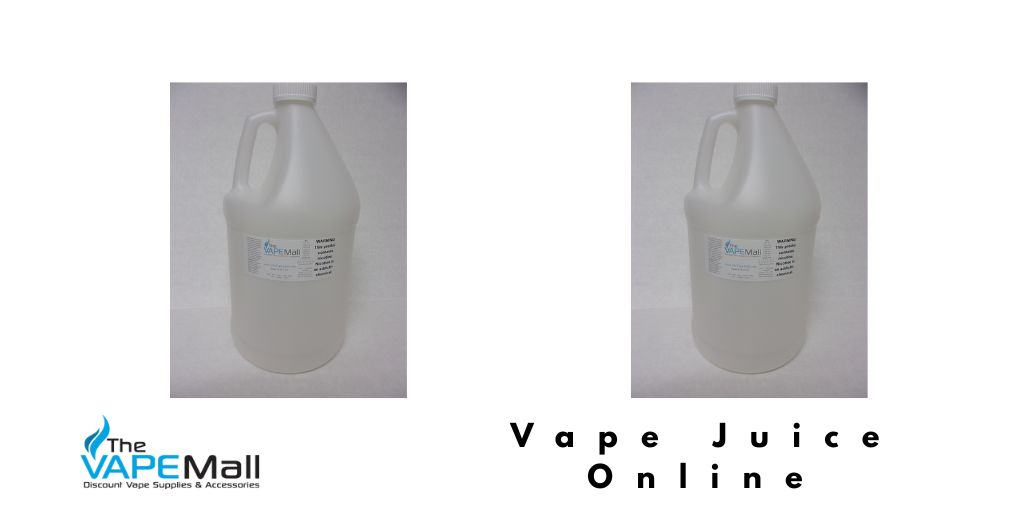
Introduction
In today’s enterprise landscape, the first few days of an employee’s journey often define long-term performance and engagement. Yet, most onboarding programs still rely on outdated materials—PDF guides, generic LMS courses, and static IT checklists—that do little to prepare new hires for the actual software they’ll be using.
As digital systems become central to every role—from HR to sales to operations—the effectiveness of onboarding depends less on policies and more on digital readiness. That’s why forward-thinking organizations are turning to digital onboarding tools that don’t just orient, but empower. And at the forefront of this transformation is simulation-based onboarding.
The Shift from Orientation to Readiness
Traditional onboarding introduces the organization. Effective onboarding equips employees to contribute. In digitally mature enterprises, that means giving new hires hands-on experience with transactional systems like SAP, Workday, Salesforce, or custom CRMs—before they access the live environment.
Here’s what next-generation onboarding must do:
- Build confidence in navigating complex systems
- Minimize the learning curve for business-critical workflows
- Eliminate dependency on sandbox or live data for training
- Deliver a role-specific, task-based learning experience
Why Most Onboarding Tools Fall Short
LMS-based learning paths and static walkthroughs may check compliance boxes, but they rarely deliver real-world preparedness. These systems:
- Lack interactivity
- Don’t reflect the actual UI employees will use
- Can’t simulate real transaction flows or field-level inputs
- Struggle with personalization across job roles and languages
As a result, employees spend their first weeks playing catch-up—slowing productivity, increasing errors, and spiking IT support requests.
Simulation-Led Onboarding: A Smarter Approach
Enter simulation-based digital onboarding. Platforms like Assima allow companies to create hyper-realistic, editable simulations of their enterprise applications. These are not videos or demos—they are interactive learning environments where new hires can:
- Explore systems safely
- Practice transactional workflows
- Receive real-time feedback
- Learn by doing, not just by watching
By delivering pre-go-live training simulations, Assima helps organizations shift onboarding from passive to proactive.
Assima in Action: What Makes It Unique
Assima’s patented object-based capture technology enables:
- Editable software simulations: Update flows without re-recording
- Anonymized data: No privacy or compliance risks
- Multilingual content: Train globally, consistently
- Modular outputs: Demo, practice, test, and validate—all from one capture
The result is a flexible, scalable onboarding program that fits any system, industry, or role.
Business Impact: Why It Matters
Organizations that invest in smarter onboarding see real business results:
- Faster time-to-productivity for new hires
- Reduced training costs and IT dependency
- Better adoption of enterprise applications
- Lower error rates post-go-live
In fact, enterprises using simulation-based onboarding report up to 50% faster employee ramp-up and a significant reduction in post-onboarding support tickets.
Thought Leadership Perspective
In a remote-first, fast-moving world, onboarding is no longer a one-time, two-week process—it’s a competitive differentiator. The ability to prepare employees digitally, contextually, and confidently—before they face real customers, data, or decisions—defines the modern workforce strategy.
Digital onboarding tools aren’t just about learning software; they’re about shaping high-performing employees from day one. And with platforms like Assima, this future is already here.
Ready to build onboarding programs that actually prepare your people?
Explore Assima’s simulation-led onboarding at 👉 www.assimasolutions.com







